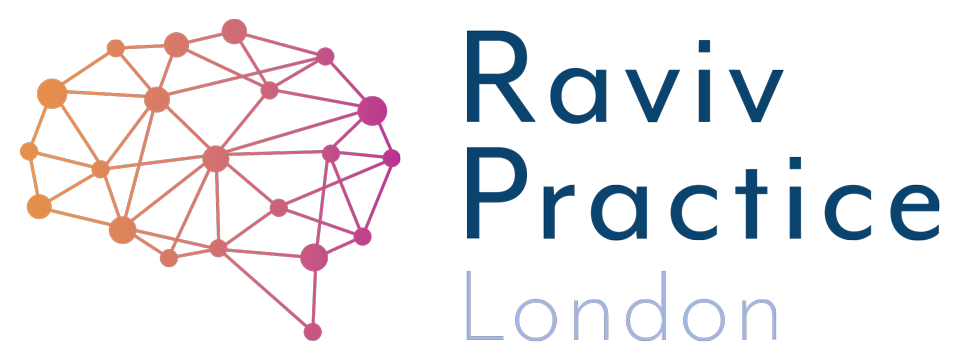Body, brain and improving handwriting
A parent came to me, shocked to hear the evaluation for her daughter.
After a two-month break from intensive occupational therapy her 7-year-old daughter was displaying weak core strength. The effort that had been spent the previous academic year on improving her physical condition had simply not lasted into the new one.
The connections between brain and body are procedural connections
One may argue that any muscle not exercised becomes weak. Another train of thought is that when ‘core strength exercise’ activity is repeated, the ability to engage core muscles is employed and therefore simply ‘appears’ strong.
In other words, the connections between brain and body are procedural connections; they relate to one experience and are not transferred to other experiences, or activities where the same muscle group needs to be used.
Why is core strength important?
The child came to me for a number of reasons and handwriting was one of them. Her core strength was not sufficient to support her sitting upright properly at a desk, leading to difficulties with handwriting.
There are many influencing factors to this problem, including primitive reflexes on handwriting ability. However, my concern is not about how effective exercises are at the time of doing them, but how the brain learns to incorporate these movements and how they are transferred to other activities.
How can you get the body to learn and retain a new movement?
An idea came to me when reading the work of MoshéFeldenkrais (founder of the Feldenkrais method). Instead of simply working the muscle groups that needed to be strengthened, Moshé looked at the movements the person was doing naturally, it was in fact the complete opposite of what was required. He found that, by doing more of these, ‘incorrect’ movements to a point of physical exhaustion, the body did the very opposite, and awakened the muscle groups that really needed strengthening.
When you learn a movement and it is arrived at within the body as a natural conclusion, the body transfers that skill
Similarly, the work of Dr Svetlana Masgutova and her method, Masgutova Neurosensorimotor Reflex Integration Method (MNRI) teaches you how to awaken the connection between brain and body. Dr Masgutova demonstrated on a baby, that to encourage the infant to grasp you need to position their hand so the palm stays open. By doing so they learn to naturally close and grasp. Once that connection is repeated enough times it becomes natural. With each progressive exercise, Dr Masgutova demonstrated how the infant learnt the movement without actively teaching it.
And herein lies the key; When you learn a movement and it is arrived at within the body as a natural conclusion, the body transfers that skill because the brain understands how it is done in different circumstances.
A holistic approach
When working with children on the balance board, which is a tool I use a lot when doing Bal-A-Vis-X, I notice a great transfer of skills. I am not actively teaching how to improve core strength, it is a by-product of being on a wobbly surface.
The wobbly board is a favourite tool of mine used in conjunction with the exercises invented by Bill Hubert. By not thinking about staying balanced as an isolated exercise the brain is learning it all the same.
All the attributes which keep our association with gravity intact are at play. The eyes need to adjust as the balance alters, the body needs to shift weight to counter the imbalance and an awareness (proprioception) from our feet is transferred to the balance centres in the inner ear, the vestibular system. It just happens. Despite not being taught the brain absorbs how to engage core strength all the same.
Our focus is on the Bal-A-Vis-X movements of throwing, catching and bouncing, and as the activities increase in complexity the individual is solely thinking about how many passes were successful - nothing else.
What’s more, it’s the novelty that keeps the brain awake and attention on track. The exercises are constantly changed (albeit slightly), so there is no risk of disassociation, or implementation of exercises routinely, without the necessary focus.
The novelty keeps the brain awake and attention on track
Whilst the person is addressing the challenges of catching, the wobble factor is very slightly increased making the core work harder and harder. It’s no surprise that within two to three weeks of these exercises, children’s posture is improved and backs are straighter when seated.
When focusing on creating beautiful handwriting, this connection is something we cannot ignore
Dyslexia? Dyspraxia? ADHD? ASD? Speech & Language? Developmental Delay? Anxiety?
Is every school day a struggle? As a parent, you may feel exhausted and on this journey alone. Each year you see the gap getting wider. You need to do something - change the approach, help your child learn for themselves, find a way to turn this around - to help while you can - do this NOW. the first step is free.
About the Author
Usha Patel is a Neurocognitive Therapist and Director at Raviv Practice London. Parents searching to help their suspected/neurodiverse child can get evidence-based solutions with results in as little as 8 weeks. Those in search of jargon-free help can get started straight away.




